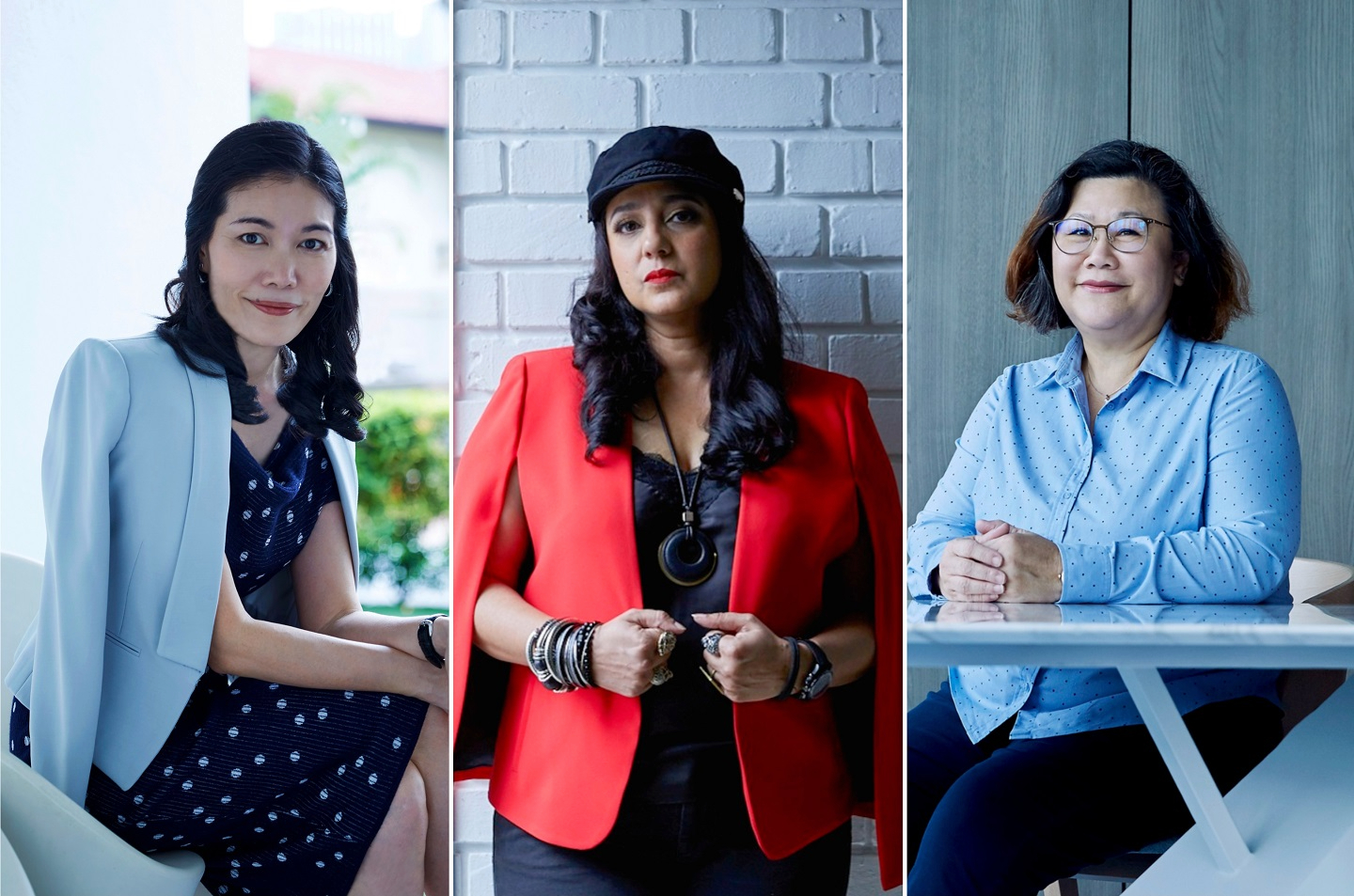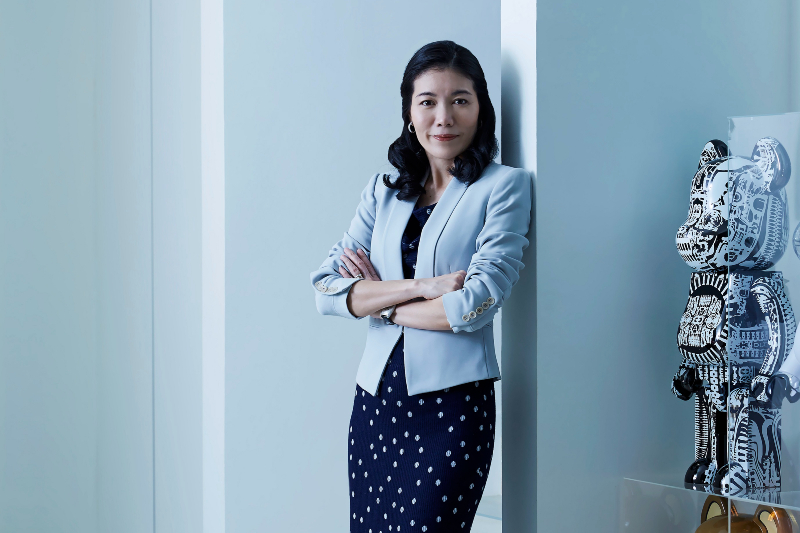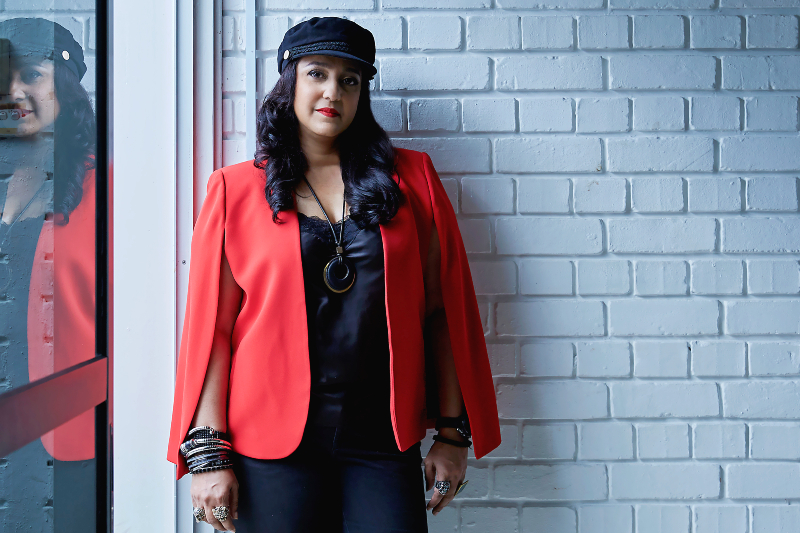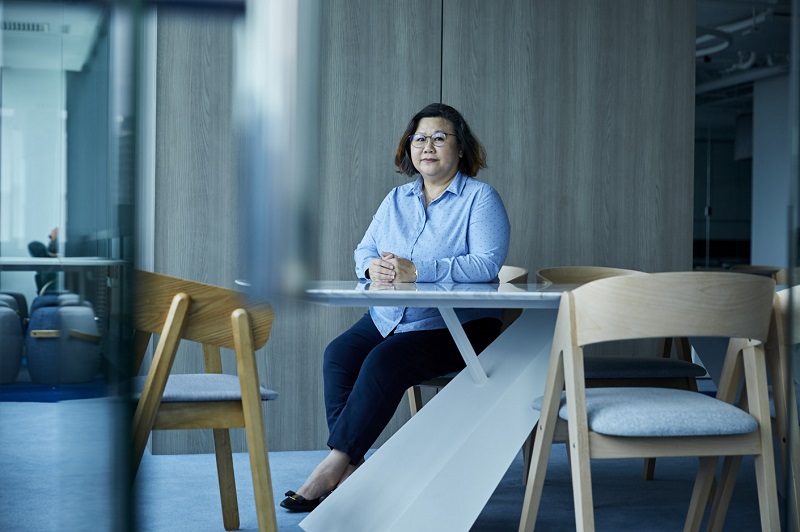
From left: Sitt, Gill and Ong (All photos: Soophye)
Have you ever had one of those days when you felt lazy to hit the gym but put on your favourite workout outfit anyway and promptly became more motivated to break a sweat? How about when you reach home from work, change out of your work clothes and into your relaxing loungewear, which mentally signals that it is time for a Netflix binge? Then there is the power suit, which pretty much does as advertised, making you feel more powerful when you wear it.
All this shows that what you wear can actually make you feel and act differently. This is the magic of clothes, and it turns out that there is actual science behind it.
In 2012, a study published in the Journal of Experimental Social Psychology found that subjects who wore a white coat they believed belonged to a doctor displayed heightened attention. In contrast, subjects who wore the same white coat believing it belonged to a painter, along with subjects who remained in their own street clothes, did not show such improvements.
From this study, a new term was coined: “enclothed cognition”, meaning that the clothes you wear can not only change the way you see yourself but also affect the way you behave and even alter the way you think.
_s1a5279a_1.jpg

The key aspect here is the symbolism we attribute to clothes and how the experience of wearing them triggers associated abstract concepts and their symbolic meanings — for example, a doctor’s white coat that can sharpen your focus, or workwear that makes us feel more professional and homewear that help us to wind down. When we consciously put on something that holds symbolic meaning to us, we, according to science, embody the clothing and its meaning. Now, the old adage of “dressing for success” does not seem so much like a tired cliché anymore.
Some women veer towards popular icons of power for that feeling of empowerment. For Stephanie Sitt, co-founder and group CEO of Inmagine Group Sdn Bhd, a power outfit is only complete when she adds a jacket. “Maybe it’s like a superhero having a cape. For me? Putting on my jacket is going to help me a lot.” Of course, you can’t forget the final piece of the armour. Sitt adds, “When I’m wearing heels, I’m more confident. My confidence starts even before I meet people. From the moment I start walking, I feel the power in me.”
Balreet Gill, founder of Sambal Lab Sdn Bhd, personifies the notion of dressing how you want to feel as a way to embody the state of mind. “Suiting up for work actually gets me into battle mode. I’m that queen leading her troops into victory in battle,” says Balreet. Affectionately known as Queen Balmidala (a nod to Queen Amidala from the Star Wars universe), Gill takes inspiration from her on-screen style icon’s display of fabulous headgear and quite literally puts on different hats for different situations. “My slightly bigger hats make me feel like I’m in a movie, like I’m Audrey Hepburn or Lady Gaga. Fedoras make me feel animated but at the same time serious. I now think of the mafia, holding a cigar, wanting to talk business and close a deal.”
_s1a5188b_1.jpg

Ong Li Lee, advisor at EquitiesTracker Holdings Bhd, believes in the transformative effect that clothes can have on you. “When you dress smartly, you actually sit differently and when you speak to the person in front of you, you are different as well, compared to if you’re wearing a T-shirt — then you might be slouching. I’m sure it does dictate the way you behave, the way you move and the way you talk.”
Formerly the securities market director at Bursa Malaysia Bhd, Ong has experienced a spectrum of work dressing, transitioning from a more traditional and “buttoned-up” workplace look to a more relaxed and “business casual” dress code. For her, it is not all about the power suit. “The suit helps but you have to be confident. You have to know what you’re talking about, you need to be prepared for your meetings. The confidence must come from inside first and then what you wear — it just works hand in hand.”
This brings us back to the importance of the symbolic meaning that we infuse into clothing. It is completely subjective and different for everyone. People who are equally confident and at ease in formal as well as casual get-ups can be highly effective irrespective of their clothing choice. Just look at Mark Zuckerberg and how much he has accomplished in just a T-shirt and a pair of jeans.
In recent times, where the majority of us have been working from home, there has been a lot more discussion about enclothed cognition and how clothes can help to foster a more focused mindset. Most freelancers have known for a while that staying in your pyjamas all day does not help with productivity, and for Sitt, it was business as usual from day one. “We started working from home mid-March 2020, and not once did I wear my pyjamas or loungewear. No, it’s a no. I always have to make sure that after I get up, I shower, get myself ready, have my breakfast and dress up. Not like going to work but in a comfortable outfit — not too casual, not too formal.”
_s1a5152.jpg

Giving yourself a fresh start each day by changing out of your pyjamas and into some “real clothes” can certainly help to get you into serious work mode. It does not have to be professional work clothes, as previously highlighted; it could even be a new set of pyjamas. You will feel physically different so your brain is primed to think that it is work time.
Conversely, it is just as important to set boundaries, putting on work wear to signal that it is time to focus and work, then changing into loungewear to signal that it is time to relax. “When I’m at home or off work, I’m always in my relaxing wear because I lead a very stressful life. When I get home, I just have that off switch,” says Balreet. Again, changing your outfit as a concrete representation that you are not working any more can help alter your state of mind.
Another way to view clothes is as a sort of therapy. Instead of dressing to increase productivity, Ong focuses more on how clothes can improve her mood, which is also known as dopamine dressing. “These days, everyone is depressed being at home, so actually putting on a cheery shirt or even doing your hair — it doesn’t cost much, cheers you up and sets you for the day.” Mental health is a very real issue that people are dealing with lately, so if there is a possibility that putting on a bright floral T-shirt can lift your spirits, it is an experiment worth trying.
The bottom line is that enclothed cognition is a real phenomenon, and you can use it to your advantage. Your closet is made up of more than just pretty dresses and crisp shirts; it is full of life hacks, from creating boundaries to transitioning from work mode to relaxed mode, to dressing yourself powerful or happy. After all, even Superman had to make a quick change before flying off to save the world.
This article first appeared on Sept 20, 2021 in The Edge Malaysia.


